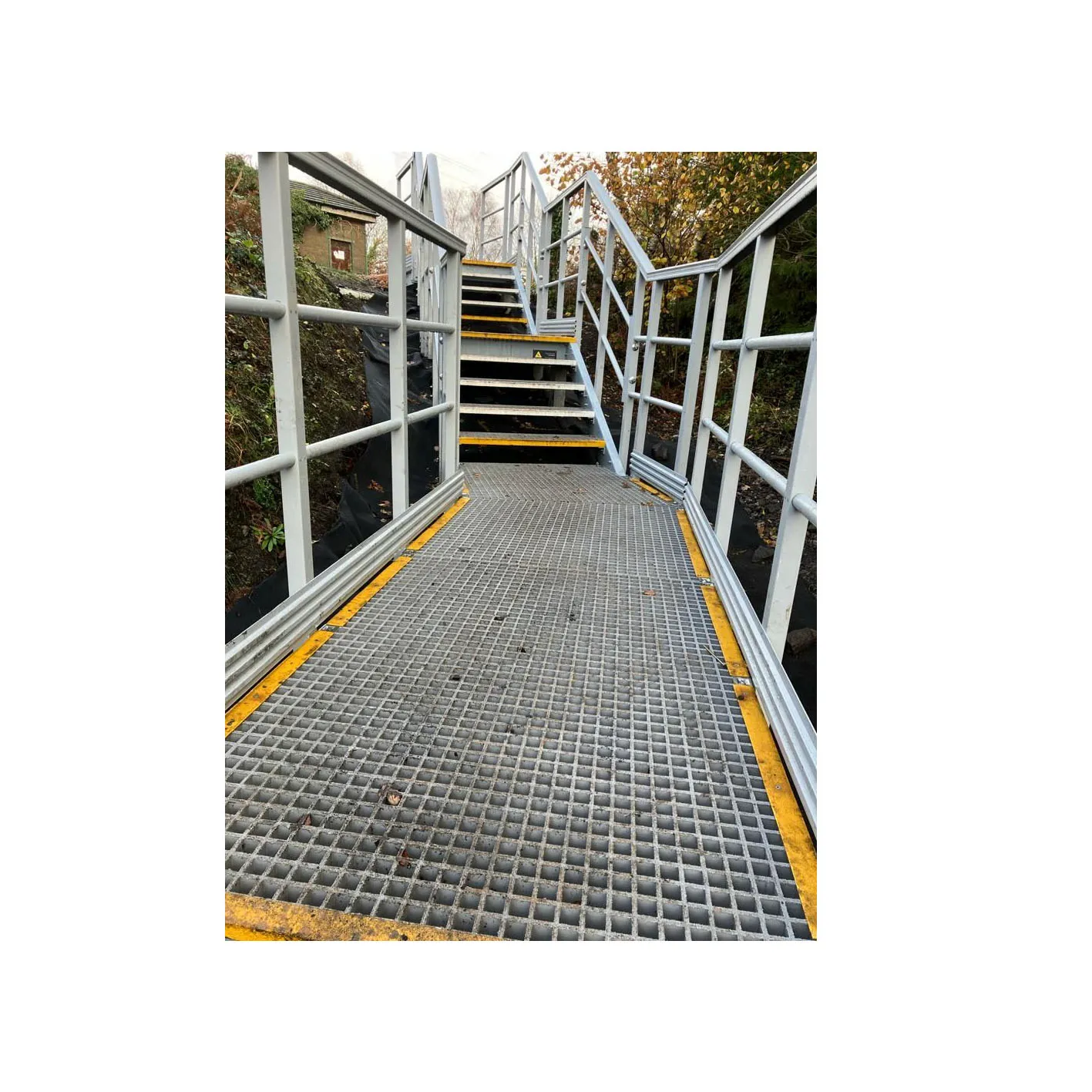loading...
- No. 9, Xingyuan South Street, Dongwaihuan Road, Zaoqiang County, Hengshui, Hebei, China
- admin@zjcomposites.com
- +86 15097380338
- Welcome to visit our website!
frp profiles
Understanding FRP Profiles Innovations in Composite Materials
Fiber Reinforced Polymer (FRP) profiles have emerged as a transformative material in various industries over the past few decades. These profiles, made from a polymer matrix reinforced with fibers, such as glass, carbon, or aramid, combine exceptional strength, lightweight characteristics, and resistance to environmental degradation. Their unique properties make them ideal for applications in construction, automotive, aerospace, and marine industries.
The Composition of FRP Profiles
FRP profiles are primarily composed of a polymer matrix and reinforcing fibers. The polymer provides the structure and durability, while the fibers enhance the mechanical properties, giving the material its strength and stiffness. The choice of fiber significantly affects the profile's performance. For instance, glass fibers offer good strength and corrosion resistance, whereas carbon fibers provide superior tensile strength and reduced weight. The manufacturing process of FRP profiles can vary, including methods like pultrusion, filament winding, and casting, allowing for a wide range of shapes and sizes.
Advantages of FRP Profiles
One of the most significant advantages of FRP profiles is their high strength-to-weight ratio. This characteristic allows for lighter structures without compromising integrity, leading to reduced transportation costs and easier handling during installation. Furthermore, FRP profiles are inherently resistant to corrosion, making them ideal for harsh environments where traditional materials like steel might fail. Their low thermal and electrical conductivity also adds to their appeal, particularly in applications where these properties are crucial.
frp profiles

Another critical advantage is the versatility of FRP profiles. They can be engineered to meet specific requirements, allowing for customized solutions across various applications. Whether it's creating intricate designs in architectural features or developing robust components for the automotive industry, FRP can be tailored to suit specific needs.
Applications of FRP Profiles
The applications of FRP profiles are vast and varied. In construction, FRP is used in beams, columns, and reinforcement systems, providing an alternative to traditional concrete and steel that enhances durability and reduces maintenance needs. In the automotive industry, manufacturers use FRP components to reduce vehicle weight, improving fuel efficiency while maintaining safety and performance standards.
In the aerospace sector, FRP profiles play a crucial role in reducing the weight of aircraft, which is essential for improving fuel efficiency and overall performance. Additionally, marine applications leverage the corrosion resistance of FRP, making it ideal for hulls and other components subjected to harsh sea conditions.
Conclusion
In conclusion, FRP profiles represent a significant advancement in material science, providing a robust solution for a multitude of engineering challenges. Their unique properties enable innovative designs and applications across various industries, contributing to sustainability and efficiency. As technology continues to evolve, the potential for FRP profiles looks promising, paving the way for future advancements in composite materials. With ongoing research and development, FRP profiles are likely to play an even more integral role in shaping the future of engineering and construction.
-
GRP Structures: The Future of Lightweight, High-Performance EngineeringNewsJun.20,2025
-
FRP Water Tank: High-Performance Storage for Corrosive and Clean Water SystemsNewsJun.20,2025
-
FRP Square Tube: The New Industry Standard for Chemical and Structural ApplicationsNewsJun.20,2025
-
FRP Pultruded Profiles: The Ultimate Choice for Lightweight Structural StrengthNewsJun.20,2025
-
FRP Handrails: The Safer, Smarter, and Stronger Choice for Modern InfrastructureNewsJun.20,2025
-
FRP Grating: The Smart Solution for Durable, Lightweight Industrial FlooringNewsJun.20,2025
-
Why Choose a Galvanized Water Tank for Your Storage NeedsNewsMay.21,2025
